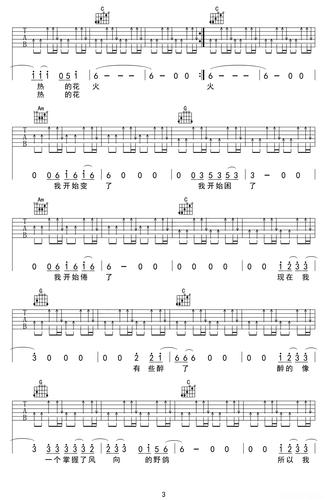Understanding "承重" in English
Understanding "承重" in English
In the realm of construction, architecture, and structural engineering, the term "承重" (chéng zhòng) holds significant importance. It refers to the capacity of a structure or a component to bear loads without failure or deformation. Translating "承重" into English involves capturing its essence accurately to ensure clear communication within the context of construction and engineering projects.

When translating "承重" into English, several terms can be used, depending on the specific context and the nature of the loadbearing capacity being described:
When deciding on the appropriate translation of "承重," it's crucial to consider the following factors:
- Context: Understand the specific context in which the term is used, such as structural engineering, construction, or architectural design.
- Intended Audience: Consider the audience who will be reading or using the translated material and choose terminology that is clear and comprehensible to them.
- Technical Accuracy: Ensure that the chosen translation accurately conveys the concept of loadbearing capacity without losing any important nuances.
- Consistency: Maintain consistency in terminology usage throughout the translation to avoid confusion and ensure clarity.
Translating "承重" into English requires careful consideration of the context, audience, and technical accuracy. By selecting appropriate terms such as loadbearing, structural load capacity, bearing capacity, or weightbearing, translators can effectively convey the concept of loadbearing capacity in construction and engineering contexts.











